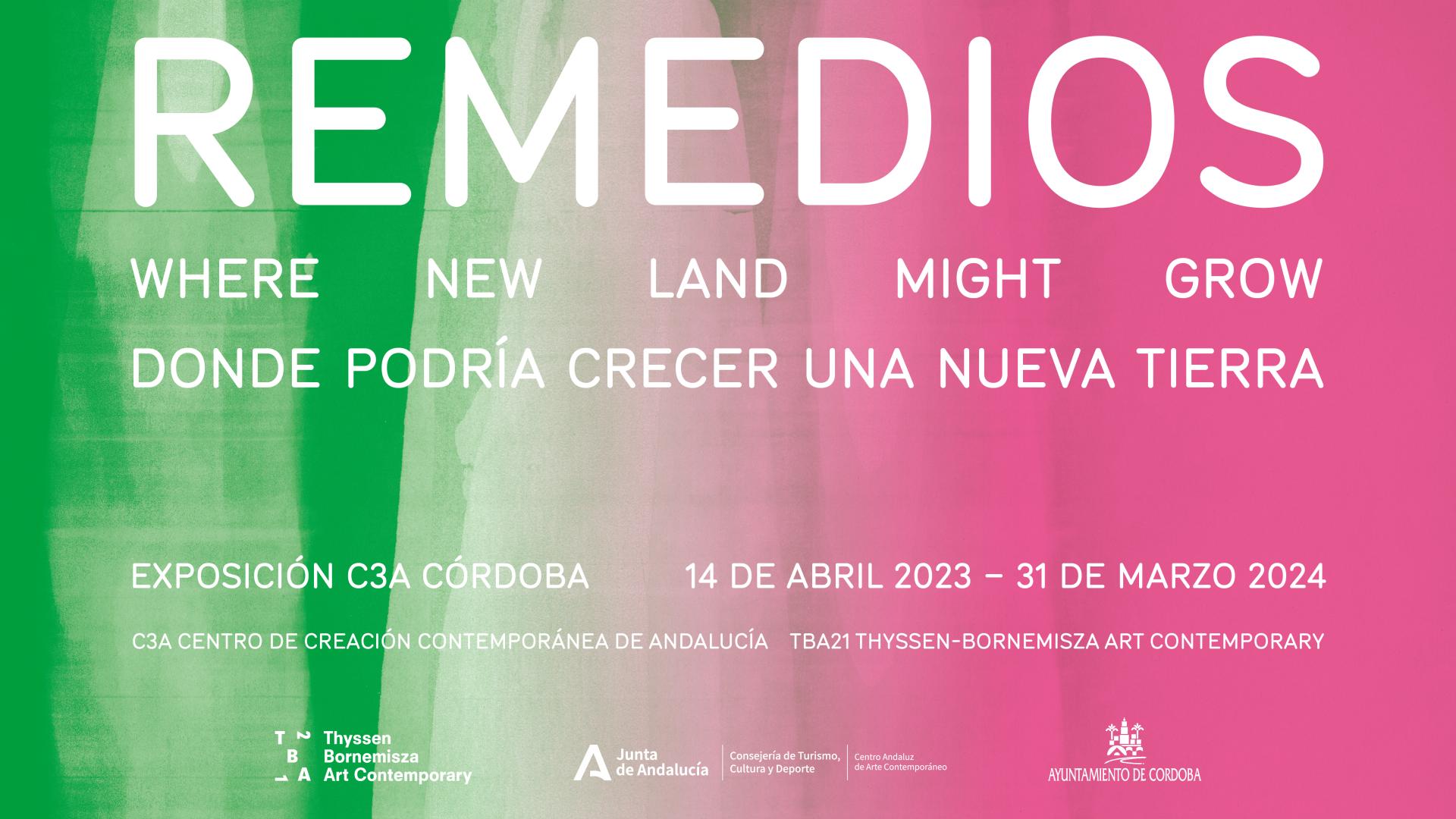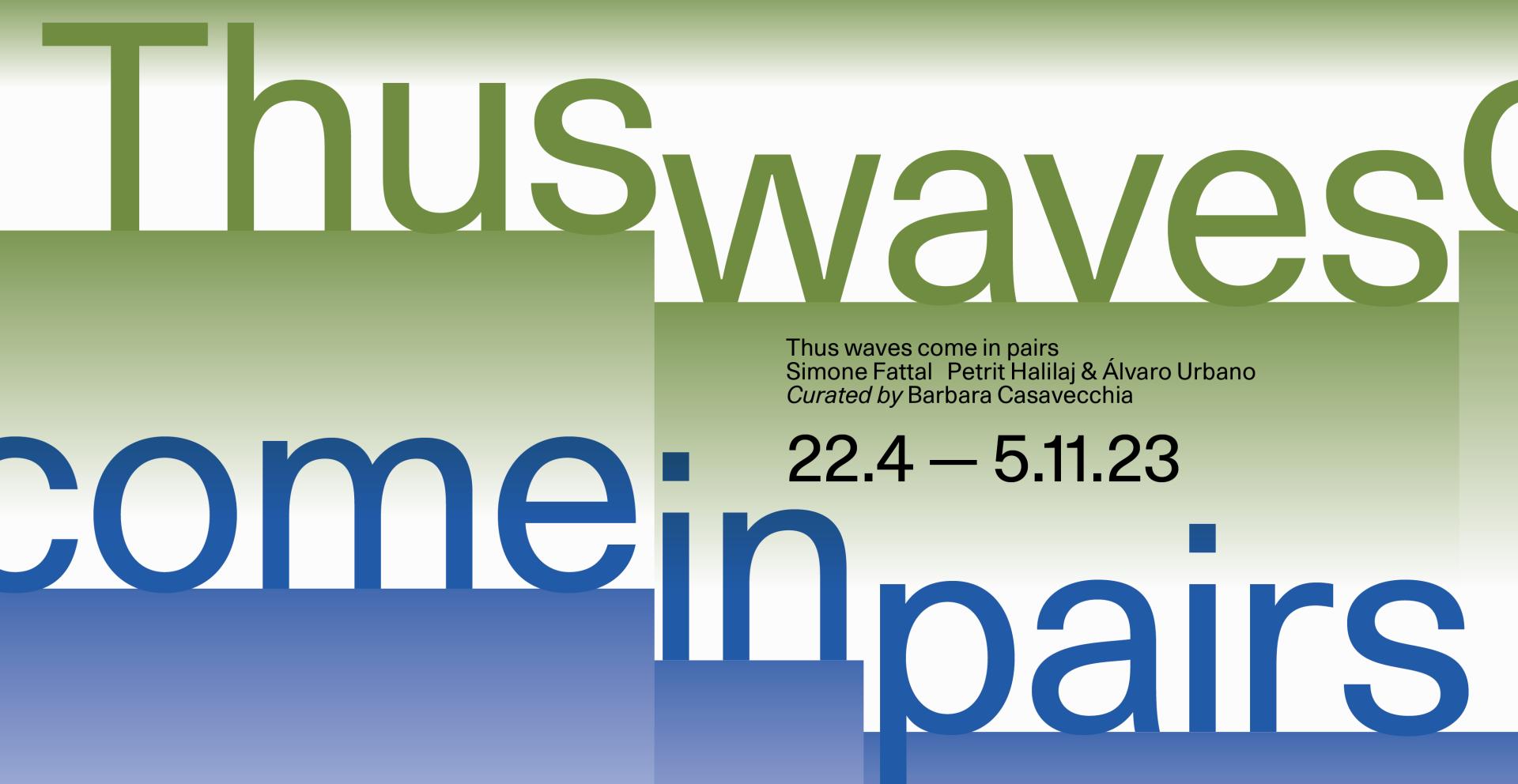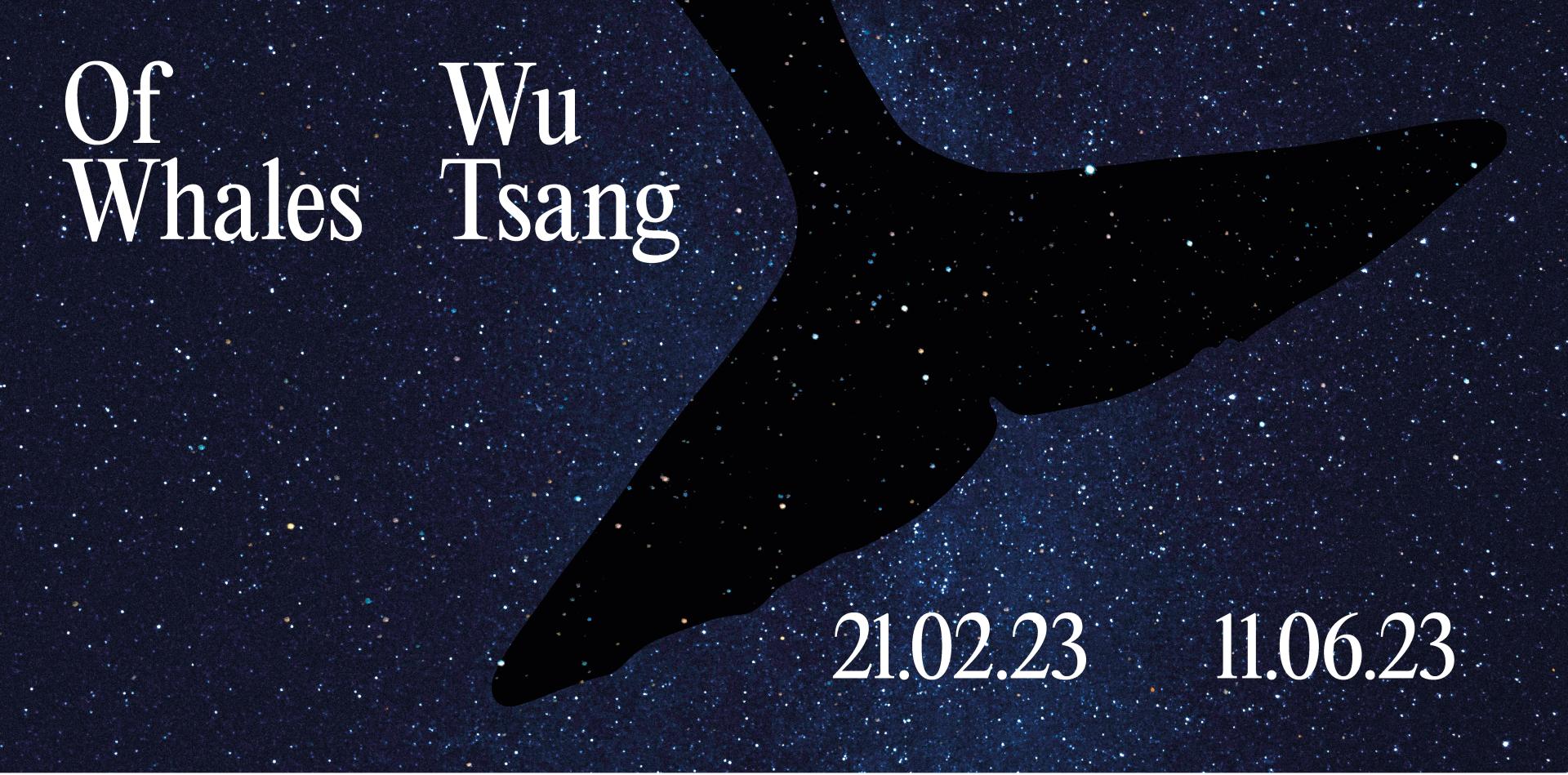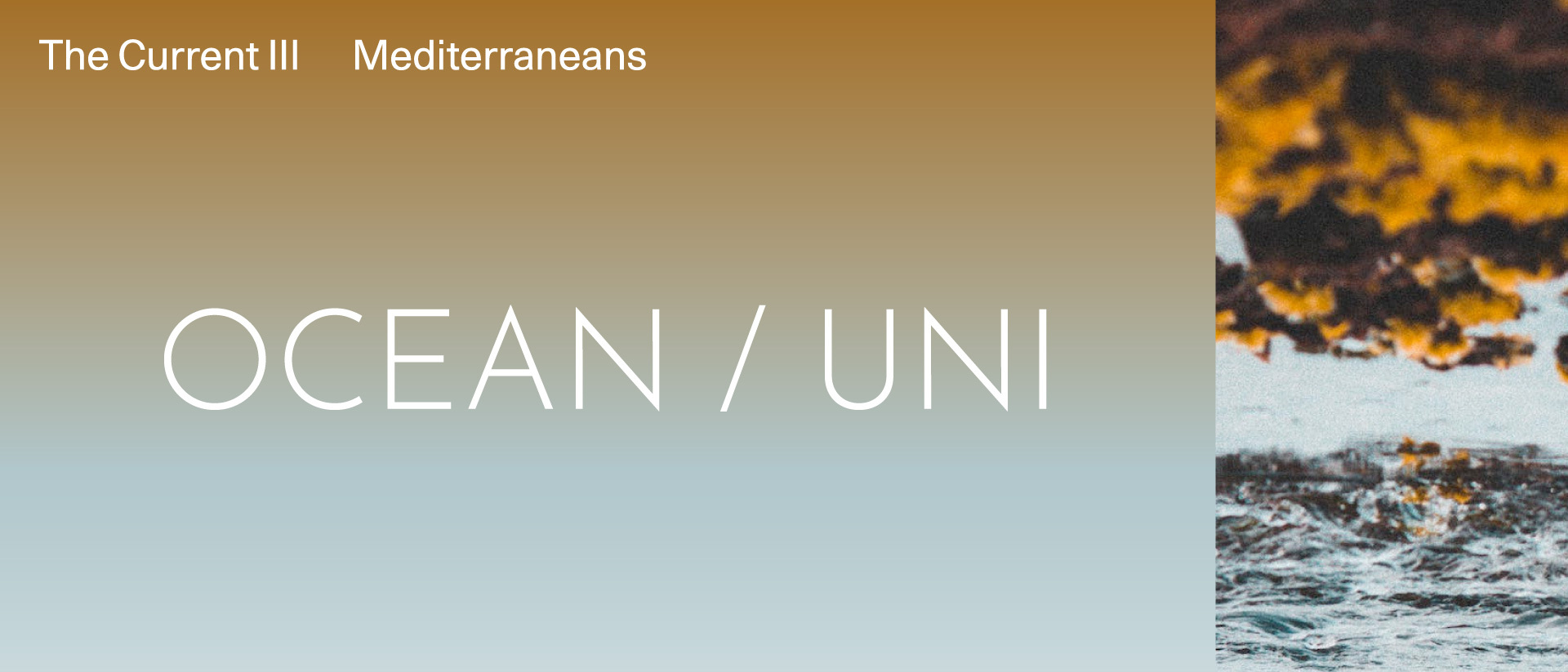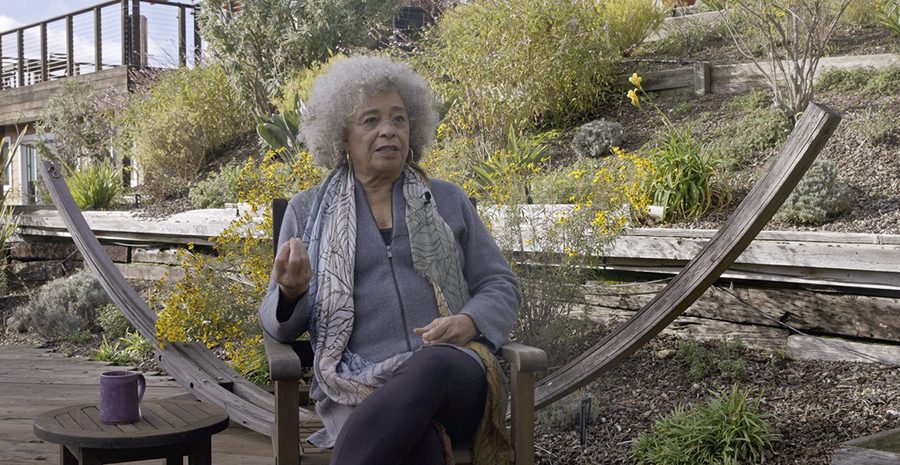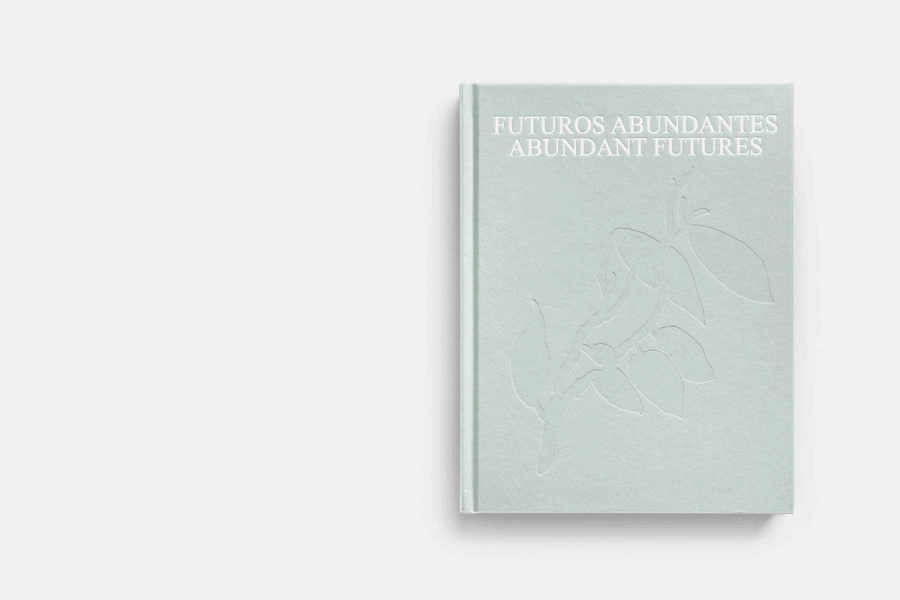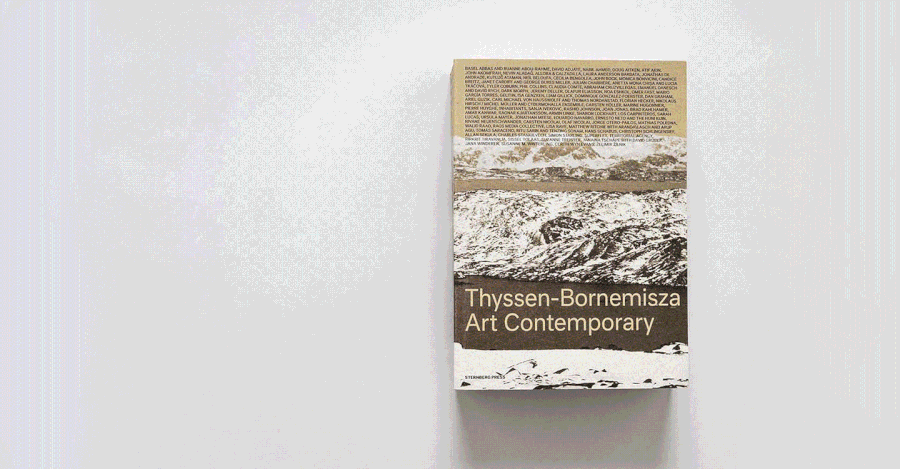Untitled (de Kooning/Raphael) #3, 1984/2005
Andrea Fraser

Photo: Elodie Grethen | TBA21, 2018
Collection
Digital c-print
101.6 x 76.2 cm
Firmly rooted in the tradition of institutional critique, Andrea Fraser’s work analyzes the functions of both art and art institutions—perceived as places of concealed social conflict—from sociological, psychoanalytical, and feminist perspectives. Fraser’s Untitled series of photographs are more recent prints from slides created by the artist in 1984. The slides were produced by superimposing and rephotographing slides of paintings by Renaissance and Modern masters Titian, Raphael, Pollock, and de Kooning that were borrowed from museum libraries or purchased at their gift shops. The photographs, related to a series published in an artist book that took the form of a fictitious exhibition brochure, Woman1/Madonna and Child 1506–1967 (1984), aimed to examine how art history constructs the artist as a transhistorical subject and, in particular, how that construction is articulated in relation to representations of women. The resulting images are dissonant and grotesque, a mash-up of Renaissance figuration and Modernist abstraction in which Raphael’s Madonna meets her opposite in de Kooning’s women, and Titian’s Venus disintegrates under Pollock’s all-over painting.
Woman1/Madonna and Child 1506–1967
Later criticism has correctly excluded his hand from it, hypothesizing either that of Pinturicchio or of Umbrian followers, or even that of a modern forger. In fact, the lack of an absolutely characteristic mark makes an attribution to him impossible… Even an observer familiar with his work may at first recognize nothing but a wild battle of intensely glowing colors. Then, for an instant – as in the glimpses accorded him by earlier Women – he may discern a pair of eyes, sphinx-like and veiled, tiny beneath huge eyebrows and a pile of blond hair; and the pinkish white that flows in streams across the surface will gel into a female body, limbs lasciviously intertwined in the depths of the image… Nevertheless, the identity of the stylistic moment is undeniable, one in which he, not constrained by devotional schemes, takes advantage of the occasion offered by the heroic feats of two warrior saints to give free rein to the adventurous chromatic fantasy… But the color does not yet have this force: it is only an imaginative transposition on a lyric key of the formal fury… Its expressive means, too, are marked by multiple contradictions. The image teems with fragmented dramatic gestures held together in a solid, cross-shaped axial scheme. They may evoke the despairing cries of an oppressed existence just as much as quiet, open-eyed pleading; some may hear hysterical laughter where others see only unconstrained joie de vivre.[1]
[1] This text is taken from the 1984 artist book Woman1/Madonna and Child 1506–1967 (p.12) that took the form of a fictitious exhibition brochure, merging texts from The Complete Works of Raphael (Harrison House Publishers, New York, 1969) and Willem de Kooning: Drawings, Paintings, Sculpture (exh. cat. Whitney Museum of American Art, New York, 1983).
101.6 x 76.2 cm
Firmly rooted in the tradition of institutional critique, Andrea Fraser’s work analyzes the functions of both art and art institutions—perceived as places of concealed social conflict—from sociological, psychoanalytical, and feminist perspectives. Fraser’s Untitled series of photographs are more recent prints from slides created by the artist in 1984. The slides were produced by superimposing and rephotographing slides of paintings by Renaissance and Modern masters Titian, Raphael, Pollock, and de Kooning that were borrowed from museum libraries or purchased at their gift shops. The photographs, related to a series published in an artist book that took the form of a fictitious exhibition brochure, Woman1/Madonna and Child 1506–1967 (1984), aimed to examine how art history constructs the artist as a transhistorical subject and, in particular, how that construction is articulated in relation to representations of women. The resulting images are dissonant and grotesque, a mash-up of Renaissance figuration and Modernist abstraction in which Raphael’s Madonna meets her opposite in de Kooning’s women, and Titian’s Venus disintegrates under Pollock’s all-over painting.
Woman1/Madonna and Child 1506–1967
Later criticism has correctly excluded his hand from it, hypothesizing either that of Pinturicchio or of Umbrian followers, or even that of a modern forger. In fact, the lack of an absolutely characteristic mark makes an attribution to him impossible… Even an observer familiar with his work may at first recognize nothing but a wild battle of intensely glowing colors. Then, for an instant – as in the glimpses accorded him by earlier Women – he may discern a pair of eyes, sphinx-like and veiled, tiny beneath huge eyebrows and a pile of blond hair; and the pinkish white that flows in streams across the surface will gel into a female body, limbs lasciviously intertwined in the depths of the image… Nevertheless, the identity of the stylistic moment is undeniable, one in which he, not constrained by devotional schemes, takes advantage of the occasion offered by the heroic feats of two warrior saints to give free rein to the adventurous chromatic fantasy… But the color does not yet have this force: it is only an imaginative transposition on a lyric key of the formal fury… Its expressive means, too, are marked by multiple contradictions. The image teems with fragmented dramatic gestures held together in a solid, cross-shaped axial scheme. They may evoke the despairing cries of an oppressed existence just as much as quiet, open-eyed pleading; some may hear hysterical laughter where others see only unconstrained joie de vivre.[1]
[1] This text is taken from the 1984 artist book Woman1/Madonna and Child 1506–1967 (p.12) that took the form of a fictitious exhibition brochure, merging texts from The Complete Works of Raphael (Harrison House Publishers, New York, 1969) and Willem de Kooning: Drawings, Paintings, Sculpture (exh. cat. Whitney Museum of American Art, New York, 1983).
*1965 in Montana, USA | Living and working in New York and Los Angeles, USA



